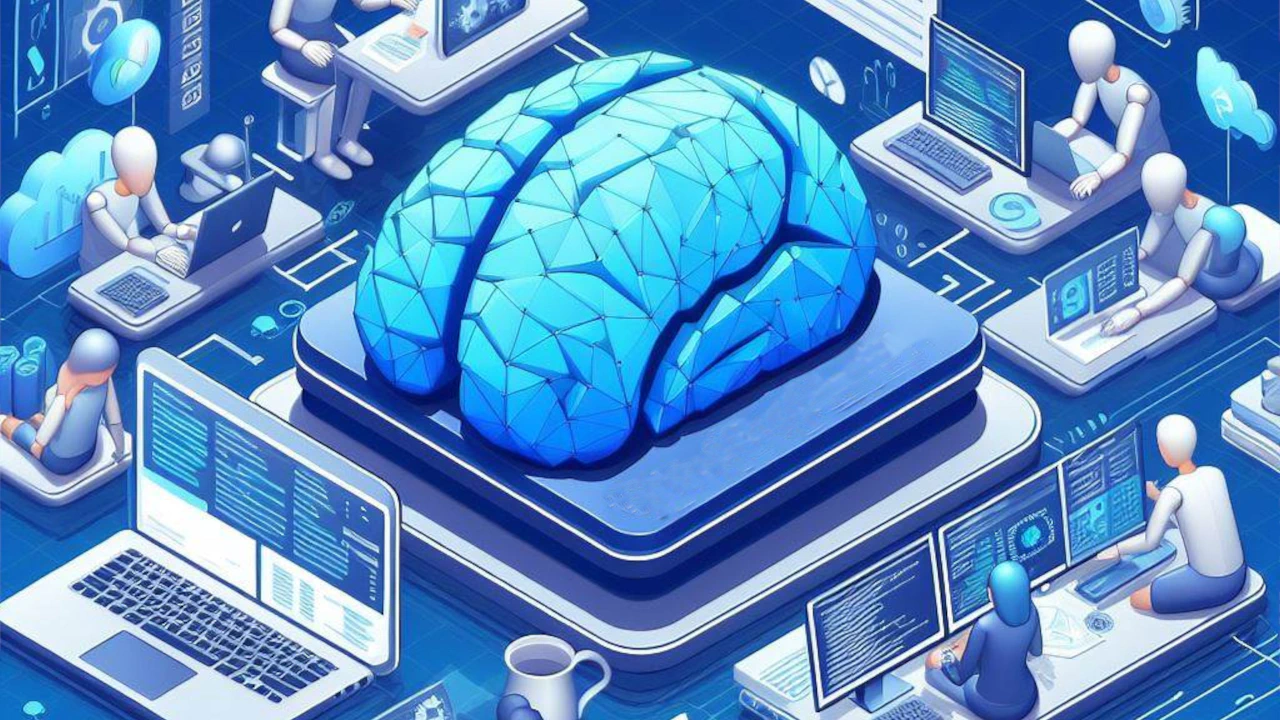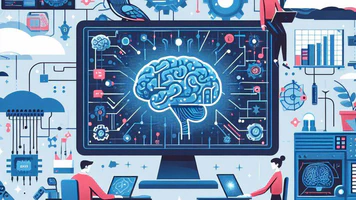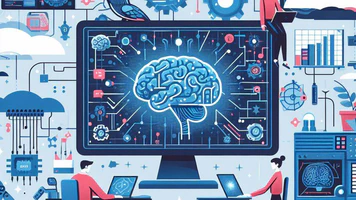
- By Justin Riddiough
- December 8, 2023
Overview of Neuromorphic Chips
As we explore neuromorphic hardware, it’s crucial to begin with an in-depth look at the innovative features and advantages presented by neuromorphic chips.
Neuromorphic chips represent a leap forward in redefining how we approach computation, mimicking the neural networks of the human brain.
Explore the Features
Neuromorphic chips distinguish themselves through features that set them apart from traditional processors. This includes:
Parallel Processing: Neuromorphic chips excel in parallelizing tasks, a direct emulation of the brain’s ability to handle multiple streams of information simultaneously.
Event-Driven Architecture: The chips operate on an event-driven architecture, mirroring the brain’s ability to respond to specific stimuli rather than continuously processing information.
Advantages of Neuromorphic Chips
Understanding the advantages of neuromorphic chips sheds light on their potential impact on computing:
Energy Efficiency: The event-driven nature of neuromorphic chips contributes to significant energy savings compared to traditional processors, aligning with the brain’s energy-efficient design.
Adaptive Learning: Neuromorphic chips can adapt and learn from experiences, a feature that holds promise for applications requiring real-time learning and decision-making.
Diverse Neuromorphic Hardware Architectures
Delving deeper into the world of neuromorphic hardware, we encounter a diverse array of architectures that underpin this revolutionary approach to computation.
The variety of architectures reflects the versatility needed to replicate the intricate neural networks found in the human brain.
Discuss Different Architectures
Neuromorphic hardware architectures are designed to accommodate a range of computational requirements. Some key architectures include:
Spiking Neural Networks (SNNs): Emulating the firing patterns of neurons, SNNs add a temporal dimension to computation, enhancing the processing of dynamic data.
Brain-Inspired Memory Architectures: These architectures incorporate memory elements that mirror the brain’s ability to store and retrieve information in a distributed fashion.
In conclusion, the exploration of neuromorphic hardware components and architectures unravels a new paradigm in computing. By drawing inspiration from the brain’s design principles, these advancements promise efficient, parallel, and adaptive processing—a leap forward in the quest for intelligent machines.


